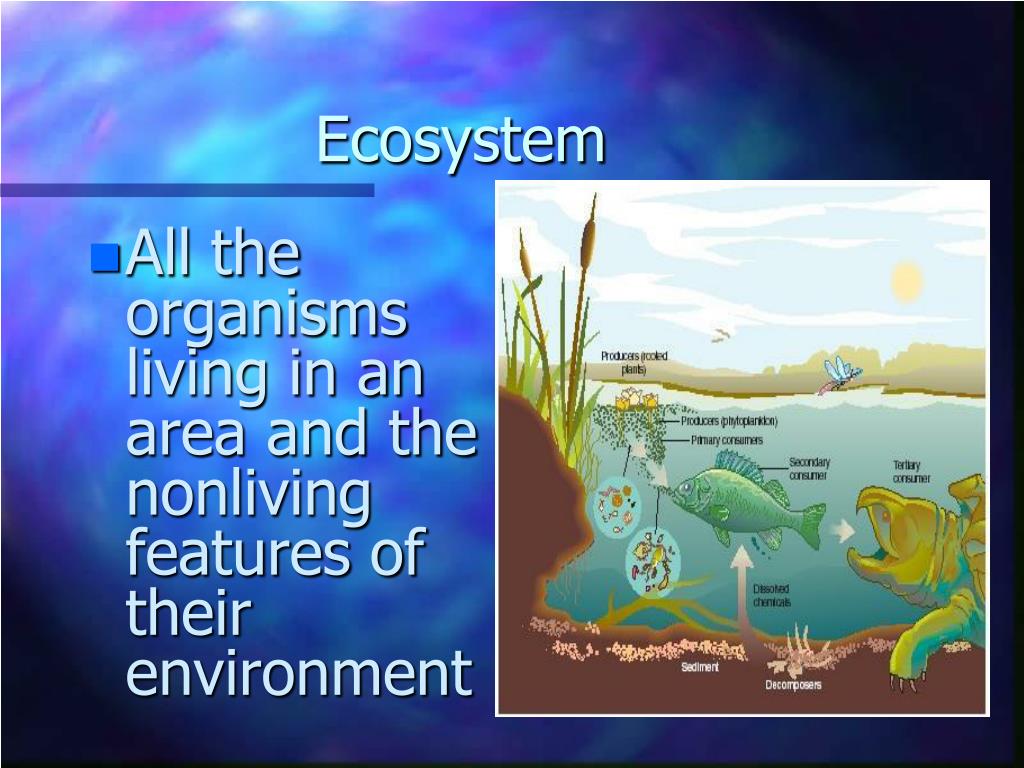


“We knew that salmon are an important seasonal resource for lots of predators and consumers. Stream are close enough that animals like brown bears can have salmon for most of the summer by moving between streams. The Wood River basin, slightly bigger than the state of Rhode Island, is dotted with streams with different average temperatures – in Fahrenheit, 40 to 55 degrees – meaning salmon return to spawn at different times. Predators and scavengers have a much longer window of accessibility.” “A complex landscape results in streams of differing temperature so salmon populations don’t spawn at the same time. Salmon are a key resource that allows these species to fatten up and achieve the necessary annual growth in this short period of time,” Schindler said. “Both Glaucus-winged gulls and brown bears have very short growing seasons at high latitudes. 8 in Portland, Ore., during the Ecological Society of America’s annual meeting. The researchers’ paper on landscape attributes that influence spawn times will be presented Aug. “It’s easy for animals to move when such streams are as little as a mile or two apart.”Ī whole network of streams, some colder and some warmer, provides what Lisi and Daniel Schindler, UW professor of aquatic and fishery sciences, call “hydrological diversity.” Such diversity more than triples the time predators have access to salmon in a summer, from just a few weeks to more than three months in the watershed studied. “Animals like coastal brown bears and Glaucus-winged gulls gorge themselves at one stream for a few weeks and then just move to another stream that might have water temperatures a few degrees warmer and therefore support salmon populations that spawn at a later time,” he said. “In any one stream, salmon might spawn for two to four weeks,” said Peter Lisi, a University of Washington doctoral student in aquatic and fishery sciences, who studies the Wood River watershed in southwest Alaska. Preserving that sort of varied landscape serves not just salmon, it provides an all-summer buffet that brown bears, gulls and other animals need to sustain themselves the rest of the year. Instead, watersheds need a good mix of steep, cold-running streams and slower, meandering streams of warmer water to keep options open for salmon adapted to reproduce better in one setting than the other, new research shows. "It's surprising just how many places that never had polar bear problems are now having emerging issues.Animals like coastal brown bears gorge at one stream for a few weeks and then move to another with warmer temperatures where salmon spawn a bit later in the summer. "Already we've had a couple human fatalities in the eastern Canadian Arctic," said Derocher. Federal funding will be required to fix the problem, scientists said. The ground is often frozen, making it hard to bury garbage. Improving waste management remains a challenge for remote communities. Nunavut, Canada, - where thousands of polar bears live - is projected to grow nearly 40% by 2043. Human populations are increasing in the Arctic. The situation, scientists said, is likely to get worse. "Bears don't know all the negatives that come with plastic ingestion and the diseases and toxins they're likely exposed to in a (landfill) setting," said co-author Geoff York, senior director of conservation at Polar Bears International, an advocacy group. Wrappers are often frozen into food scraps so polar bears end up eating plastic and other non-edible materials. And consuming garbage can make bears sick. Local wildlife managers may kill bears out of concern for public safety. To fatten up, the report said polar bears are now gathering en masse around open dumps in places in the Arctic and sub-Arctic such as Russia's Belushya Guba, and whale bone piles left over from Inuit hunts near Kaktovik, Alaska. This forces bears to spend more time ashore, away from their natural prey. But with the Arctic warming four times faster than the rest of the world, sea ice is melting out earlier in the summer and freezing up later in the fall.
Polar bears rely on sea ice to hunt seals. "We know that very well from a brown bear and black bear perspective, and now it's an issue developing with polar bears." "Bears and garbage are a bad association," said co-author Andrew Derocher, a biologist at the University of Alberta. This is leading to deadly conflicts with people, the report published in the journal Oryx said. scientists warned that trash poses an emerging threat to already-vulnerable polar bear populations as the animals become more reliant on landfills near northern communities. On Wednesday, a team of Canadian and U.S. LONDON, July 20 (Reuters) - Hungry polar bears are turning to garbage dumps to fill their stomachs as their icy habitat disappears.


 0 kommentar(er)
0 kommentar(er)
